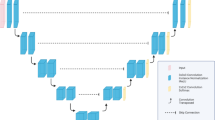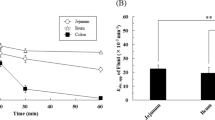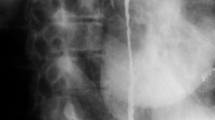Abstract
IN ruminants a large proportion of the ingested food is digested in the fore-stomachs. In order to know the final result of this digestion, it is necessary to know the composition of the material leaving the fore-stomachs and the rate of flow at the omaso-abomasal orifice. To study this problem a special cannula has been devised (Fig. 1). It consists of a main tube, B, of ebonite (2 cm. internal diameter), into which runs a smaller one, C (1 cm. internal diameter). The main tube is 10 cm. long and is connected at one end with a funnel, A, of which the diameter of the top is 6 cm. and its height 4 cm. The side tube, C, is screwed perpendicularly on to the middle of the main tube. It is threaded on the outside over its whole length, so that an ebonite ring (D) of 3 cm. diameter can be screwed on to it, making it mobile over the whole length of the tube.
This is a preview of subscription content, access via your institution
Access options
Subscribe to this journal
Receive 51 print issues and online access
$199.00 per year
only $3.90 per issue
Buy this article
- Purchase on SpringerLink
- Instant access to full article PDF
Prices may be subject to local taxes which are calculated during checkout
Similar content being viewed by others
Author information
Authors and Affiliations
Rights and permissions
About this article
Cite this article
BOUCKAERT, J., OYAERT, W. A Method of collecting Fluid leaving the Omasum of Sheep. Nature 174, 1195 (1954). https://doi.org/10.1038/1741195a0
Issue date:
DOI: https://doi.org/10.1038/1741195a0



